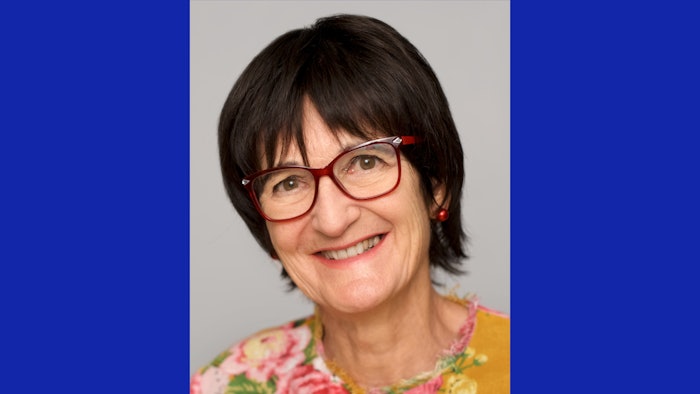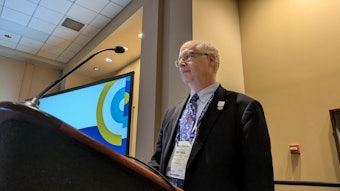Uniting skill, awareness, and culture to improve patient safety
Ellison C. Pierce lecturer sets out on journey to improve anesthesiology.

Hippocrates may not himself have said, “First, do no harm,” but the sentiment was certainly there. Perhaps a simpler, gentler reminder for the medical community is to accept that people (doctors) are not perfect and not always operating under the right conditions.
That sentiment might best describe the 2024 session, “Ellison C. Pierce Lecture: 4,000 Years of Safety Endeavors — Why Have We Not Reached Zero Patient Harm?” Jannicke Mellin-Olsen, MD, DPH, FESAIC, an anesthesiologist with Baerum Hospital in Norway who has served on many international bodies, will deliver this year’s talk.
“Even the best of physicians will be involved in medical mishaps or situations, so we must have a supportive and learning culture that allows us to help each other. Silence and covering up will only serve toward the continuation of the status quo,” Dr. Mellin-Olsen said.
Physicians have long aimed to eliminate preventable harm to patients, yet there’s much room for improvement. In her talk, Dr. Mellin-Olsen will present some historical insight and spotlight those factors that must be in place to improve. Her global perspective will combine with her own personal experiences as a patient, a family member, and an anesthesiologist at the front end.
“All senior anesthesiologists have their own stories to tell, and some of us can point to ‘that incident’ that changed the path of our life and career. For me, it was when I was four years old and my brother died of a medical error,” Dr. Mellin-Olsen said. “For Dr. Pierce, I understand it was an unrecognized oesophageal intubation that led to the death of his friend’s 18-year-old daughter. Many of these incidents could have been prevented, and it is our duty to do what we can to use these unfortunate outcomes to improve processes for future patients.”
Physicians really want to do their best every time, she said, and they are trained to cure and help their patients. Anesthesia has only gotten safer with time. Still, according to the World Health Organization, patient harm is the 14th leading cause of morbidity and mortality across the world, comparable to diseases such as tuberculosis and malaria. Estimates show that in high-income countries, as many as one in 10 patients is harmed while receiving hospital care. That harm can be caused by a range of incidents or adverse events, with nearly 50% of them being preventable.
Dr. Mellin-Olsen said anesthesiologists often ring the alarm, bringing attention to workforce shortages, long hours, huge workloads, an increasing number of mercantile tasks, EHR problems and lack of support from management without being listened to, the allure of private practice income over academia, and the aging of the population. Some of this leads to what many call “burnout.” But Dr. Mellin-Olsen said the better term is “moral injury.”
“Of course, it's about education and awareness. But it’s also important that you have cultural safety within your facility, that you are supported by peers and leaders, and feel that you work in a safe environment,” Dr. Mellin-Olsen said.
Part of improving safety and being a better anesthesiologist includes listening to patients and their families, she said. The Norwegian author Arne Garborg once said in the 1850s that “A sick man knows much of what a healthy man has no clue.” Similarly, Dr. Mellin-Olsen quoted Canadian physician and founding professor of Johns Hopkins Hospital (now University) Sir William Osler: “Listen to your patient, he is giving you his diagnosis.” We should partner with patients and relatives, not to be nice, but to give them better care and treatment, she said.
“Patients and their relatives are experts on themselves – who they are, what is important to them. They will know their story better than us, who see our patients briefly,” she said. “It is painful to hear patients and relatives (from high-, middle-, and low-income settings alike) tell their stories on how they have tried to make us listen to their worries but are ignored. And that has sometimes ended in disaster.”
As such, it’s important to partner with colleagues, hospital administrators, patients, and their families. To improve the process, every stakeholder must be involved when it comes to patient safety.
“Is it not amazing how our patients put their lives into our hands? That requires trust,” Dr. Mellin-Olsen said. “We should appreciate and honor that trust. All stakeholders have to work together better than we do now, and this must be a never-ending aspiration.”







